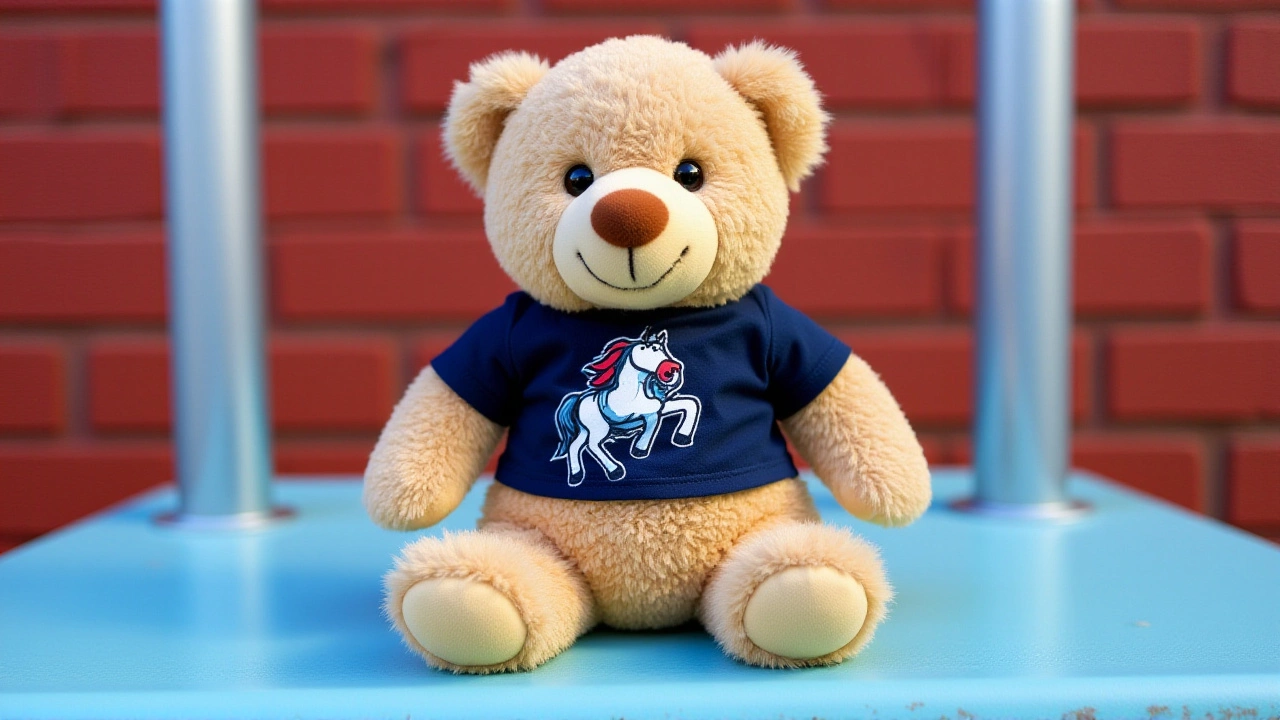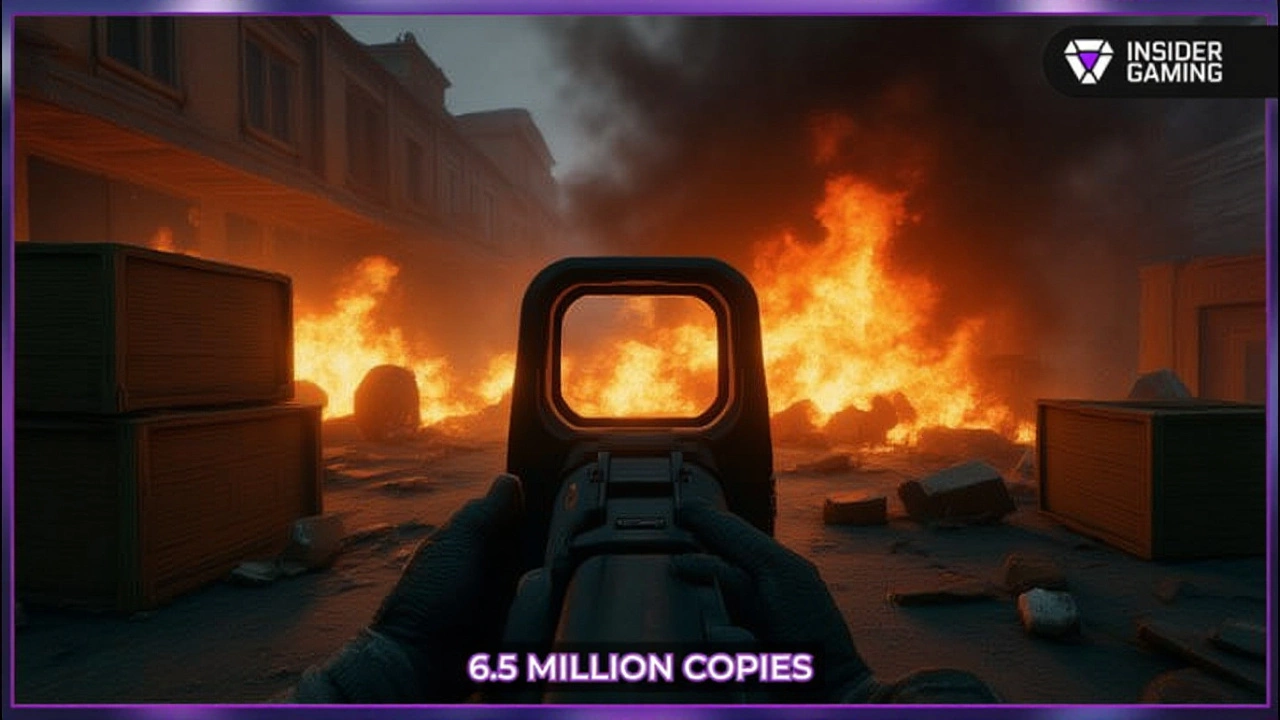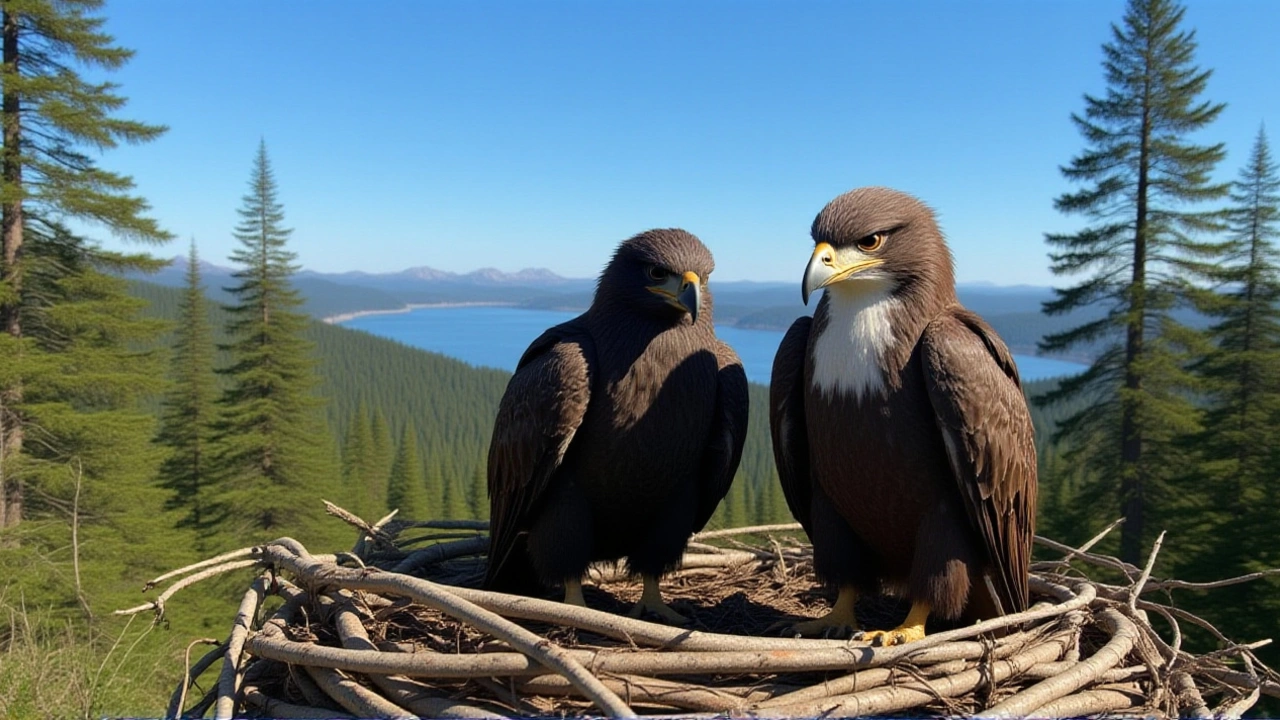When Sandy Steers, executive director of Friends of Big Bear Valley raised the alarm on July 4, 2025, the town of Big Bear Valley chose to light up the night anyway, sparking a clash between conservationists and tourism promoters.
At 9:17 PM Pacific Time, a professionally coordinated fireworks display exploded over Big Bear Lake, just minutes after the first rumbling booms startled the resident bald eagles, Jackie and Shadow, and their two newly fledged eaglets. The eagles vanished from their roost tree, prompting frantic monitoring by the non‑profit and a wave of public concern.
Why the Show Matters to More Than Just Spectators
Big Bear Lake’s Fourth of July celebration has become a regional draw, pulling roughly 12,000 visitors and generating an estimated $1.2 million in local revenue. The Visit Big Bear tourism board argues the short, 20‑minute display, launched from a lake‑centered platform, keeps the blast zone away from nesting cliffs.
But wildlife experts say “night‑time fireworks are a perfect storm for birds that rely on low‑light vision.” The eagles, already adjusting to a new brood, could suffer disorientation, premature fledging, or even fatal collisions with trees.
Timeline of the Night
- 8:00 PM – Security cameras record Jackie and Shadow perched together, vocalizing softly.
- 8:30 PM – The pair settle in for what should be a quiet night.
- ~9:00 PM – Preliminary fireworks booms begin. A camera captures Jackie taking a sudden flight; Shadow emits a sharp warning call.
- 9:17 PM – The main fireworks burst, lasting about 20 minutes.
- 9:18 PM – No eagles are visible; their nest falls silent.
- July 5 AM – KCAL News reporter Joy Benedict confirms the eagles are still absent.
- July 6 PM – KESQ News reports Jackie and Shadow have returned to their roost.
Voices from Both Sides
“We could have replaced rockets with a drone light show for roughly the same cost,” Steers told a town council meeting on July 2. “Our eagles are an icon, not a backdrop for fireworks.”
The council’s response, delivered through a statement on the Visit Big Bear website, read: “We hear your concerns and value the eagles. Yet, the fireworks are a key economic driver that supports over 150 local businesses each year.”
Local business owner Maria Lopez, who runs a lakeside café, added, “The Fourth of July rush keeps us afloat. We’re not against protecting wildlife, but we need a viable alternative that still draws crowds.”

Environmental Impact and Scientific Context
Research compiled by the Friends of Big Bear Valley cites a 2018 study showing that loud explosions can increase heart rates in raptors by up to 30 % and cause fledglings to abandon nests for up to six days. In Big Bear’s case, the eagles were missing for two nights before re‑establishing the roost, a relatively quick recovery but still a red flag for long‑term stress.
A regional wildlife biologist from the U.S. Fish and Wildlife Service, Dr. Elena Ramirez, noted, “Bald eagles are resilient, but repeated disturbances can lower breeding success. One missed season could mean fewer juveniles the next year.”
Future Plans: Drone Shows or Quiet Nights?
Steers says the organization will keep pushing for a “drone‑only celebration” by 2026, pointing to neighboring Lake Arrowhead’s successful 2024 test that attracted 8,000 visitors without a single bird‑related complaint.
Meanwhile, the town’s mayor, Tom Whitaker, hinted at a compromise: “We’re exploring a hybrid model – a brief fireworks salute followed by a choreographed drone display. The goal is to keep the tradition alive while protecting our feathered neighbors.”

Key Takeaways
- Fireworks proceeded despite documented risk to the resident bald eagles.
- Both eagles returned to the roost two days later, but the incident sparked renewed debate.
- Tourism officials cite $1.2 million economic benefit from the event.
- Conservation groups demand alternatives, citing scientific studies on avian stress.
- Potential 2026 shift to a drone‑focused celebration is on the table.
Frequently Asked Questions
How did the fireworks affect the bald eagles?
The initial booms at around 9:00 PM startled Jackie and Shadow, causing them to leave their nest. Their calls stopped, and they were not seen for two nights, though they returned on July 6. Experts warn that such disturbances can raise stress hormones and delay fledgling development.
Why does Visit Big Bear support the fireworks?
Visit Big Bear argues the fireworks are a major tourist draw, generating roughly $1.2 million for local businesses each year. The organization believes the show is short, launched over water, and therefore minimizes direct risk to wildlife.
What alternatives have been proposed?
Friends of Big Bear Valley proposes a drone light show, which can mimic fireworks' visual impact without the noise. Neighboring Lake Arrowhead used a drone show in 2024, attracting 8,000 visitors and earning praise from wildlife groups.
Will future Fourth of July events change?
The town’s mayor has indicated a hybrid approach may be adopted for 2026, blending a short fireworks salute with a drone display. The final decision will depend on community feedback and economic assessments.
How can residents get involved in the discussion?
Residents can attend the next town council meeting, submit comments on the Visit Big Bear website, or join the Friends of Big Bear Valley mailing list. Public workshops on wildlife-friendly celebrations are planned for early 2026.

